According to me.

Step one: find a soft spot.
I've been places where personal paperwork has to be carried out. Mostly the rules aren't that strict, although you can argue that they should be, everywhere.

Step 2: Get a grip on the important stuff.
The most annoying place I've been was the Goat Rocks Wilderness in south-central Washington State. Backpacker magazine had a writeup about a particular location there a couple of years back. It drew millions.

Step 3: When done, assess the situation.
You may be familiar with the phenomenon — most of those people are awed. They're out there in the wilderness and all, and it's wild and no one has ever been there before so they're explorers too, and it's handy that there happens to be a trail exactly there, since it's totally unexplored. Wow! What a deal, and so close to Seattle, too. You can practically drive right right into the middle of this just-discovered wilderness.
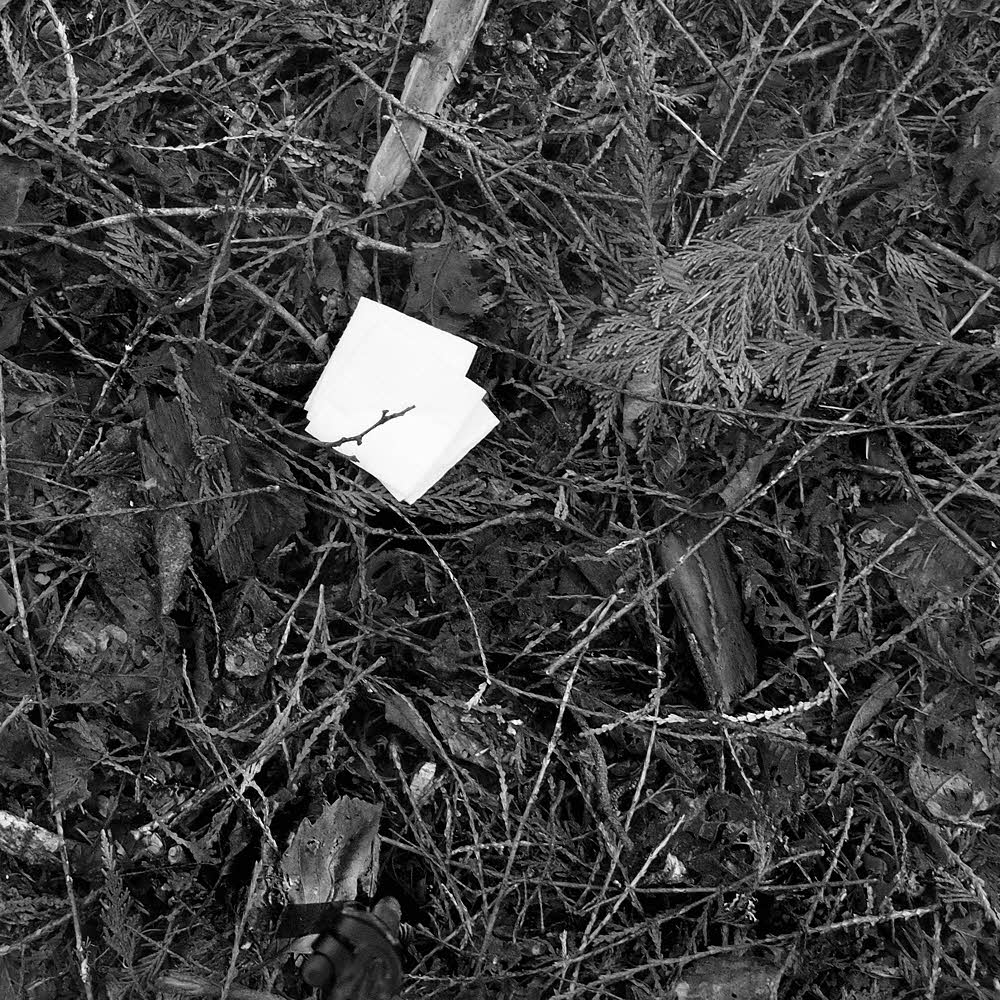
Step 4: Prepare your paperwork.
So if you — wait, minor correction needed — when you need to drop your pants and do your stuff and clean up, it's OK to leave huge long loops of the telltale paper right out there on the ground like Lewis and Clark did. Because you're the first human ever to be there, and probably it will be centuries before another human finds out how to make the short drive from Seattle (or Tacoma, hey?) and mount an expedition out here.
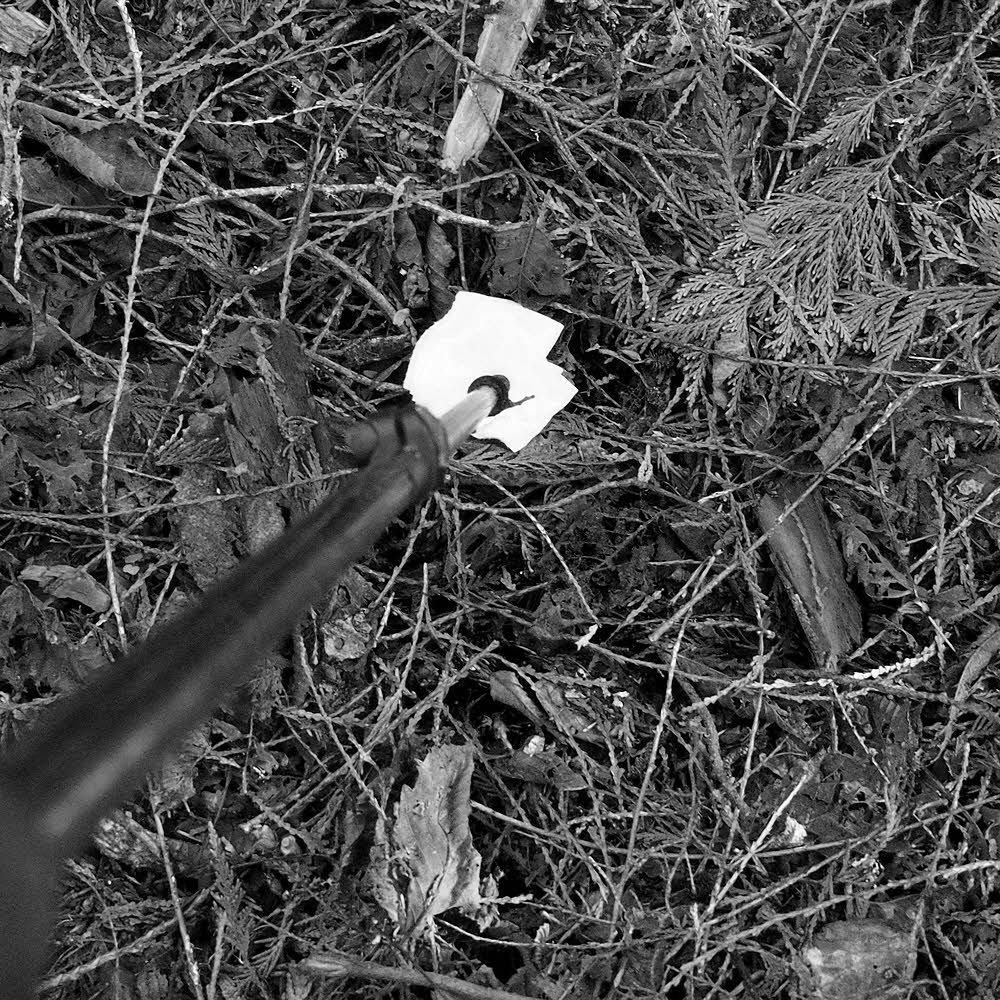
Step 5: Begin poking.
Right. City people. Loops of TP and piles of unburied crap. We'll get to the glistening butt sausages later sometime. For now, here's a description of my TP technique.

Step 6: Push gently and firmly.
First, I use heavy-duty paper towels. I cut each sheet into four pieces. I carry those pieces in a quart-sized zip-lock bag.
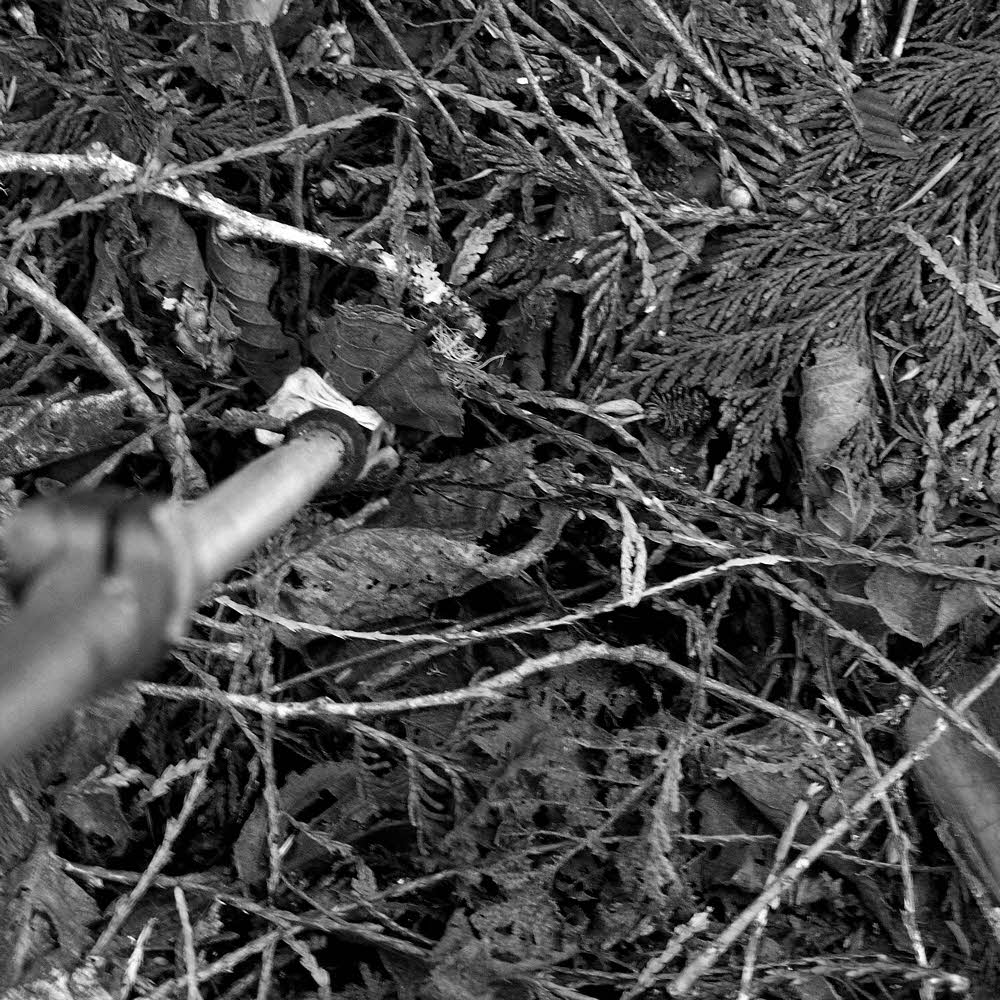
Step 7: Continue, eh?
Paper towels are sturdy. These sheets don't break or tear, and resist raindrops a whole bunch better than "bathroom tissue". Especially if used with some smarts. Like first folding each quarter-sheet in half, using it carefully, then folding the partly-soiled sheet in half again. And, depending on what's happening that day, folding the result in half yet again. No matter what, you end up with one to four pieces of hefty paper, neatly folded. Did I say it's tough? Yes I did — this stuff is tough.
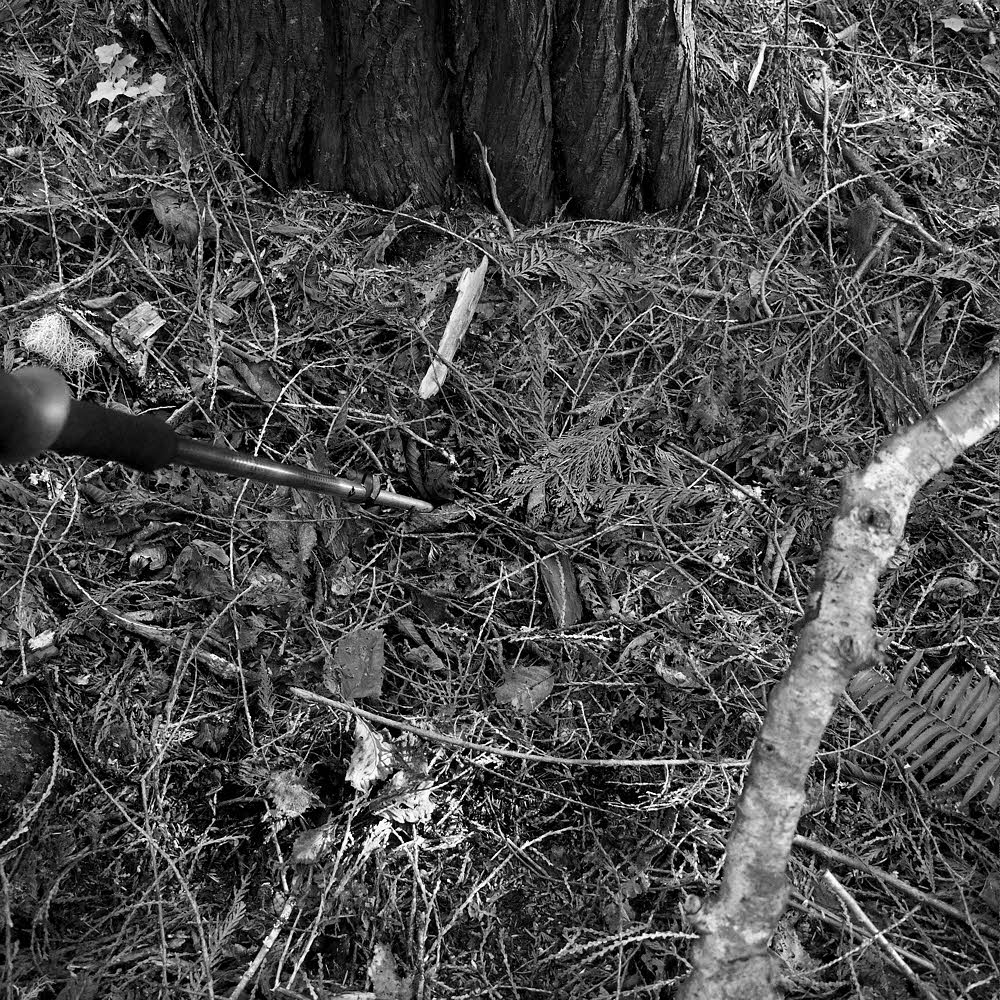
Step 8: Shove it as far as you can.
So then, use the tip of one trekking pole to group these tough little wads into a stack, each on top of the others. Since you picked your spot carefully, the ground is soft. In Western Washington you often have a foot or more (30 cm) of forest duff to push into. So push already. Your stack of used paper goes right into the ground, leaving only a small hole to mark the spot. Generally you can get the stuff down at least six inches (15 cm) even if the ground is tough or the forest duff contains lots of twigs and branches, but often you can go deep.
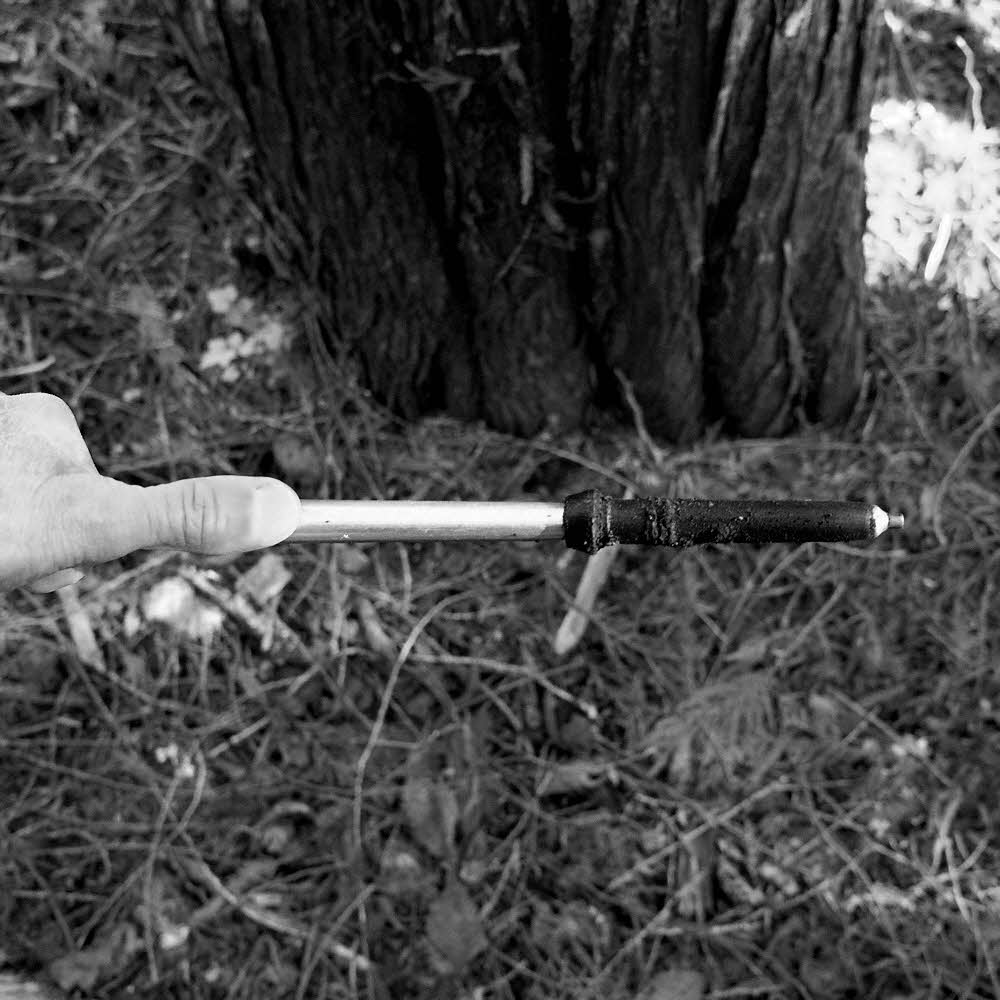
Step 9: Congratulate yourself on your depth.
When done, pull your trekking pole out and use the tip again, to close up the little hole you've got left (no wider than one of your fingers), and that's about it.
Right, you've left some manufactured human-stuff behind, but it won't escape. The wind won't take it. It can't give off odors because it's compressed and compacted almost back to the density of wood. It's out of sight and locked in tight. Come back to that spot later and you won't find it, exactly — "Hmmm, over by this tree, I think, but was it on this side or the other? Or maybe it's that tree over there..."
Any way, the job's done, neatly and completely. Your waste paper won't become part of someone else's vacation.
Now go convince everyone else to do you the same favor.
More.